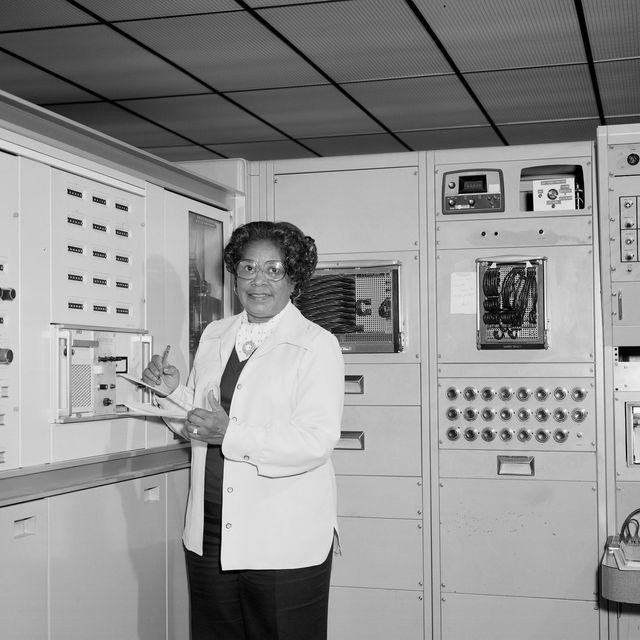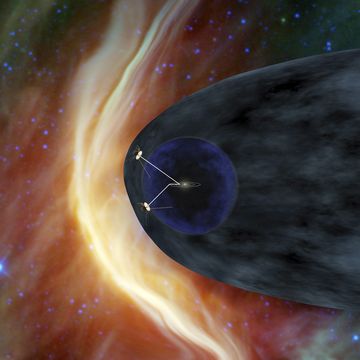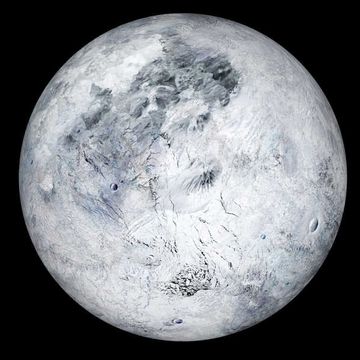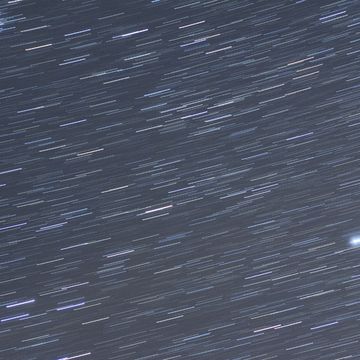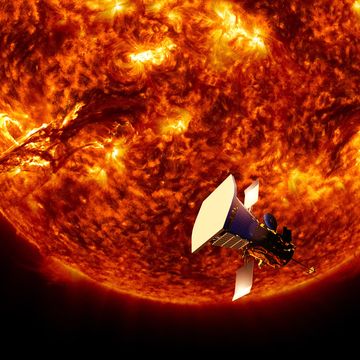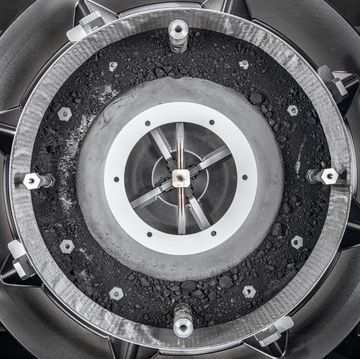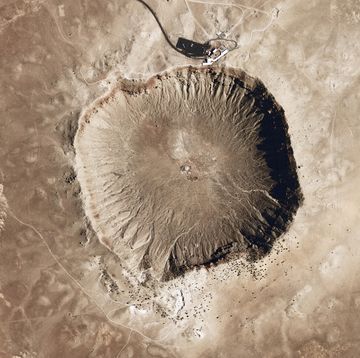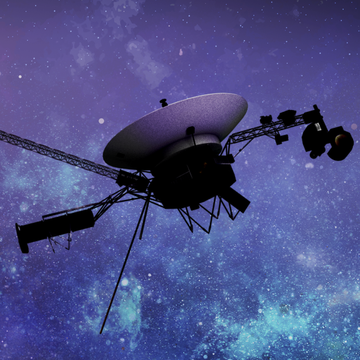- NASA announced Wednesday it would rename its Washington, D.C. headquarters after Mary W. Jackson.
- Jackson was NASA's first Black female engineer.
- Jackson's work, along with contributions by Dorothy Vaughan and Katherine Johnson, was celebrated in Margot Lee Shetterly's 2016 book Hidden Figures, as well as the 2016 film of the same name.
NASA's Washington, D.C., headquarters is getting a brand-new name. On Wednesday, NASA Administrator Jim Bridenstine announced the agency will pay tribute to its first Black female engineer, Mary W. Jackson, by naming the facility after her.
Margot Lee Shetterly's 2016 book Hidden Figures: The American Dream and the Untold Story of the Black Women Mathematicians Who Helped Win the Space Race celebrated the pioneering work of Jackson as well as her colleagues, the mathematicians Katherine Johnson and Dorothy Vaughan. The book was adapted into the 2016 Academy Award-nominated film of the same name.
“[NASA's headquarters] appropriately sits on ‘Hidden Figures Way,’ a reminder that Mary is one of many incredible and talented professionals in NASA’s history who contributed to this agency’s success," Bridenstine said in a press statement.
Jackson was born in Hampton, Virginia in 1921 and graduated from Hampton Institute with degrees in mathematics and physical sciences in 1942. After working as a math teacher, a bookkeeper, and an Army secretary, Jackson was recruited by the National Advisory Committee for Aeronautics—NASA's predecessor—in 1951.
Both Jackson and Vaughan worked as human computers in the segregated West Area Computing Unit at the agency's Langley Research Center. Encouraged by her supervisor, Jackson took engineering courses and became NASA's first Black female engineer in 1958. She conducted experiments in a 60,000-horsepower wind tunnel, coauthored critical reports on aviation and aeronautics, and joined NASA Langley's Federal Women's Program in 1979.
Throughout her career, Jackson worked tirelessly to uplift and promote women and people of color across NASA. She retired from the agency as an aeronautical engineer in 1985. In 2005, Jackson passed away at the age of 83.
In recent years, NASA has recognized the achievements and contributions of its early pioneers. The agency named a research facility at Langley after Johnson in 2017, as well as its Independent Verification and Validation facility just days before her death in 2019.
“We are honored that NASA continues to celebrate the legacy of our mother and grandmother Mary W. Jackson,” Jackson's daughter, Carolyn Lewis, said in the statement. “She was a scientist, humanitarian, wife, mother, and trailblazer who paved the way for thousands of others to succeed, not only at NASA, but throughout this nation.”
Jennifer Leman is a science journalist and senior features editor at Popular Mechanics, Runner's World, and Bicycling. A graduate of the Science Communication Program at UC Santa Cruz, her work has appeared in The Atlantic, Scientific American, Science News and Nature. Her favorite stories illuminate Earth's many wonders and hazards.
